Lord Rosse (William Parsons) (1800 – 1867)
Table of Contents
In the 19th century there really weren’t a whole lot of professional astronomers . The art and science of astronomy and telescope making was a new thing and it was passionately pursued by amateurs. One of the greatest amateurs was Lord Ross (William Parsons). He was an Earl in Ireland who inherited an estate with a castle from his father who was the second Earl. Lord Rosse was the 3rd Earl.
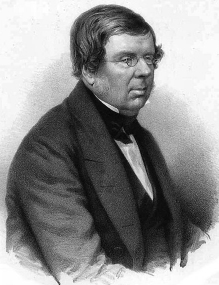 A couple of wonderful things about him were his drawings of night sky objects and his passion for making telescopes. He made several and the largest one was called The Leviathan of Parsons Town. He completed it in 1845 and it had a whopping 72 inch speculum metal mirror in it. But because of its size and the way it had to be built it wasn’t very practical and it wasn’t used much.
A couple of wonderful things about him were his drawings of night sky objects and his passion for making telescopes. He made several and the largest one was called The Leviathan of Parsons Town. He completed it in 1845 and it had a whopping 72 inch speculum metal mirror in it. But because of its size and the way it had to be built it wasn’t very practical and it wasn’t used much.
The picture below shows this telescope and you can see how it is contained between two walls. This meant that it had only one axis of motion with only a little side to side motion. This limitation and its sheer size made it awkward and impractical for much use.
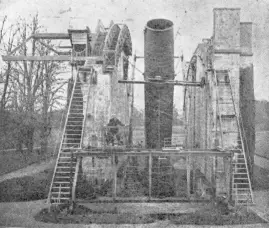
But, he also made a telescope with a 36 inch mirror and this one was what he used most often. He had two mirrors made for it because the speculum metal would tarnish and need to be re-polished and cleaned often. This way he could replace the mirrors while one was being polished.
Note that Birr Castle (his castle) is now a national landmark and museum. You can visit and see the Telescope. More information on the official website here: Official Birr Castle Website.
Astronomical accomplishments and contributions
His contribution to astronomy was more practical than mathematical but among these were of course the contribution to the general field of telescope making and of special note were drawings and observations of nebulae and galaxies. He was the first to resolve various night sky objects to the point where they could be seen as spiral galaxies or distinct nebulae.
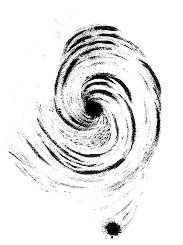
M1 the Crab Nebula
This is a drawing of M1 the Crab Nebula. You can see how it got its name! He made this drawing with a 36 inch reflector. Here is his description:
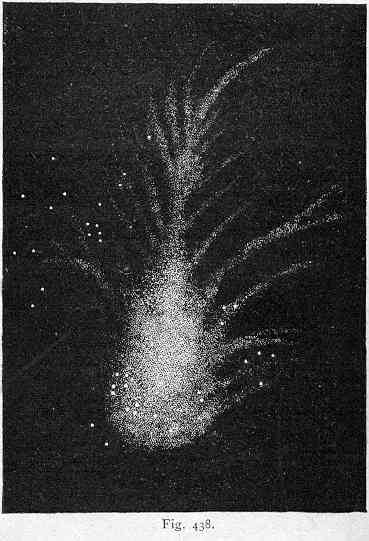
“.. a cluster; we perceive in this [36-inch telescope], however, a considerable change of appearance; it is no longer an oval resolvable [mottled] Nebula; we see resolvable filaments singularly disposed, springing principally from its southern extremity, and not, as is usual in clusters, irregularly in all directions. Probably greater power would bring out other filaments, and it would then assume the ordinary form of a cluster. It is stubbed with stars, mixed however with a nebulosity probably consisting of stars too minute to be recognized. It is an easy object, and I have shown it to many, and all have been at once struck with its remarkable aspect. Everything in the sketch can be seen under moderately favourable circumstances.”
Owl Nebula
This is Lord Rosse’s drawing of the Owl Nebula (M97). Here is what he had to say about it:
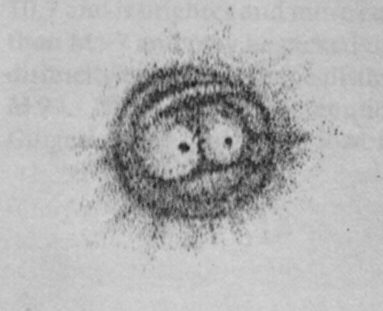
“Two stars considerably apart in the central region: dark penumbra around each spiral arrangements.” (On many occasions only one star seen and spiral form doubtful.) Looking through Lord Rosse’s 6-foot telescope, Thomas Romney Robinson, a priest and friend of the Earl, remarked in 1848: “A most intricate group of spiral arcs disposed around two starry centers, looking like the visage of a monkey.”
